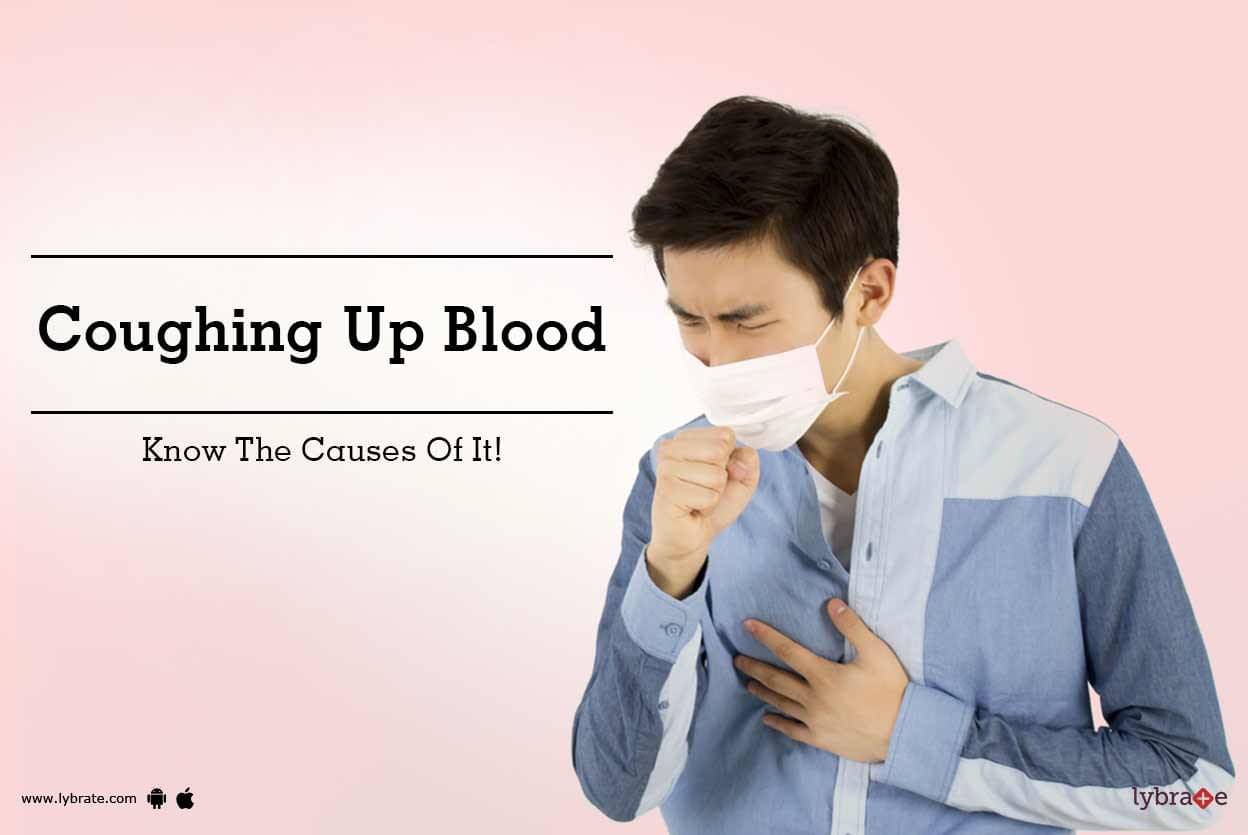

In these cases, the hemorrhage (severe bleeding) is usually from an artery in a posterior location, higher and deeper in the nose. Only rarely is a nosebleed life threatening or fatal. It usually can be stopped with some local pressure and a little patience. In most cases, this type of nosebleed is not serious. The most frequent location is the nasal septum, the wall between the two sides of the nose. Nosebleeds near the front of the nose, called anterior nosebleeds, are very common since this is the most accessible area to injury. When this tissue is injured, even from a minor nick or scratch, these blood vessels tend to bleed, sometimes heavily.
#Nosebleed and coughing up blood full#
(Having a nose full of clotted blood is unpleasant and children in particular may find it difficult to avoid sniffing or nose blowing for a few hours. Tell the person not to sniff or blow their nose for at least 15 minutes and not to pick their nose for the rest of the day.After 10 minutes, release the pressure on the nostrils and check to see if the bleeding has stopped.Place a cold cloth or cold pack over the person’s forehead and one around the neck, especially around the sides of the neck.Encourage the person to breathe through their mouth while their nostrils are pinched.Apply finger and thumb pressure on the soft part of nostrils below the bridge of the nose for at least 10 minutes.Sit the person up straight and drop their head slightly forward.Reassure the person, especially children, as crying increases blood flow.occasionally, a bleeding or clotting problem.an object that has been pushed up the nostril.an allergy that causes hay fever or coughing.an infection of the nose lining, sinuses or adenoids.fragile blood vessels that bleed easily, perhaps in warm dry air or after exercise.a sensation of flowing liquid at the back of the throatĪ nosebleed can be caused by a range of factors, including:.The signs and symptoms of a nosebleed include: If the bleeding is very heavy, prolonged or does not stop with first aid measures, take your child to a doctor or a hospital emergency department. In children, the nose tends to bleed from only one side (unilateral).Ĭhildren usually grow out of the condition. The small blood vessels in the septum (the firm tissue between the nostrils, which divides the nose into two halves) are fragile and can burst fairly easily, causing a nose bleed. Seek medical attention if nosebleeds are severe, frequent or prolonged. Another name for nosebleed is epistaxis.īleeding from the nose is common in children and is usually not serious.

Nosebleeds may be caused by infection, injury, allergic reaction, nose picking or an object being pushed into the nostril. A nosebleed happens when one of the blood vessels in the lining of the nose bursts.


 0 kommentar(er)
0 kommentar(er)
